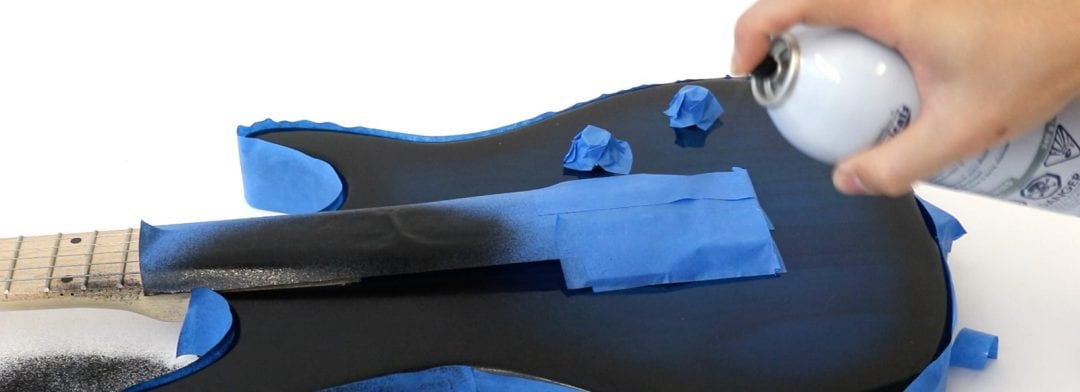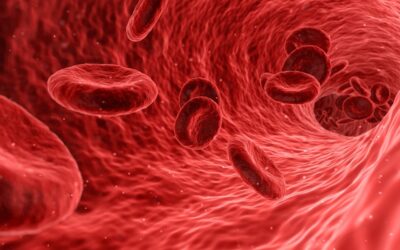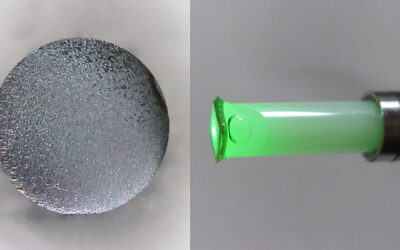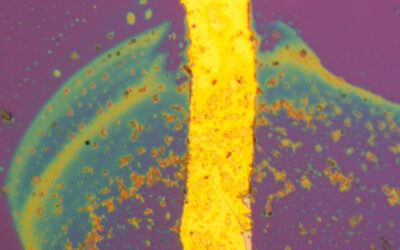Touch sensing is most common on small, flat surfaces such as smartphone or tablet screens. Researchers at Carnegie Mellon University, however, turn surfaces of a wide variety of shapes and sizes into touchpads using tools as simple as a can of spray paint. Walls, furniture, steering wheels, toys and even jelly can be turned into touch sensors with the technology, called Electrick.
The “trick” is to apply electrically conductive coatings or materials to objects or surfaces or to craft objects using conductive materials. By attaching a series of electrodes to the conductive materials, researchers showed they could use electric field tomography to sense the position of a finger touch. “For the first time, we’ve been able to take a can of spray paint and put a touch screen on almost anything,” said Chris Harrison, assistant professor in the Human-Computer Interaction Institute (HCII) and head of the Future Interfaces Group.
Until now, large touch surfaces have been expensive and irregularly shaped or flexible touch surfaces have been largely available only in research labs. Some methods have relied on computer vision, which can be disrupted if a camera’s view of a surface is blocked. The presence of cameras also raises privacy concerns. Yang Zhang, a Ph.D. student in HCII, said Electrick is both accessible to the hobbyists and compatible with common manufacturing methods, such as spray coating, vacuum forming and casting/molding, as well as 3-D printing.
Like many touchscreens, Electrick relies on the shunting effect — when a finger touches the touchpad, it shunts a bit of electric current to ground. By attaching multiple electrodes to the periphery of an object or conductive coating, Zhang and his colleagues showed they could localize where and when such shunting occurs. The tradeoff, in comparison to other touch input devices, is accuracy. Even so, Electrick can detect the location of a finger touch to an accuracy of one centimeter, which is sufficient for using the touch surface as a button, slider or other control, Zhang said.
More information is available on the project website.

















